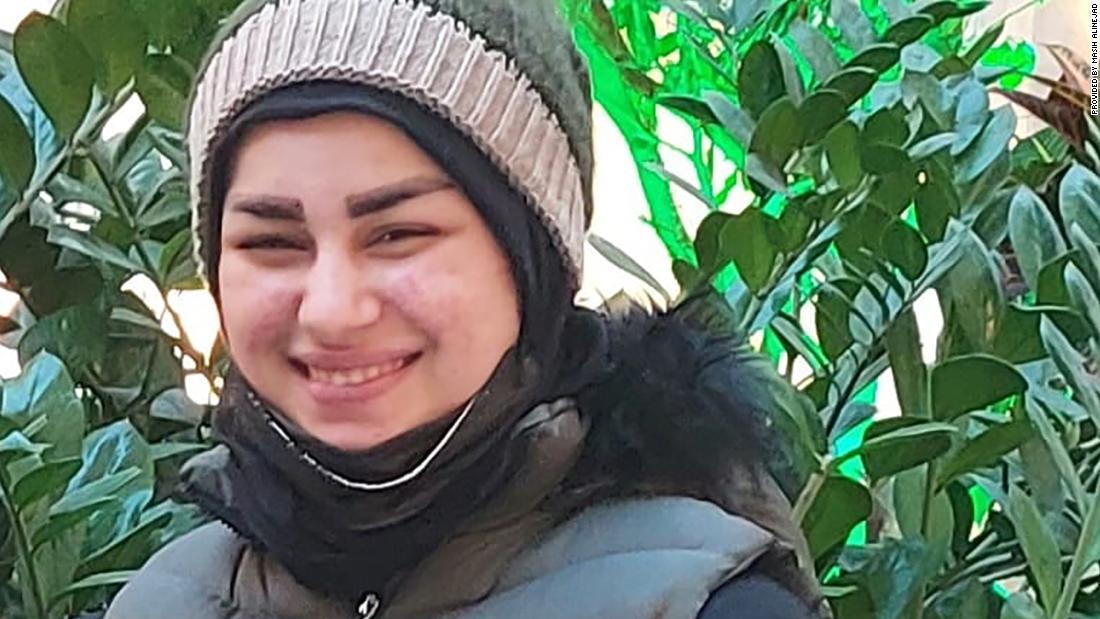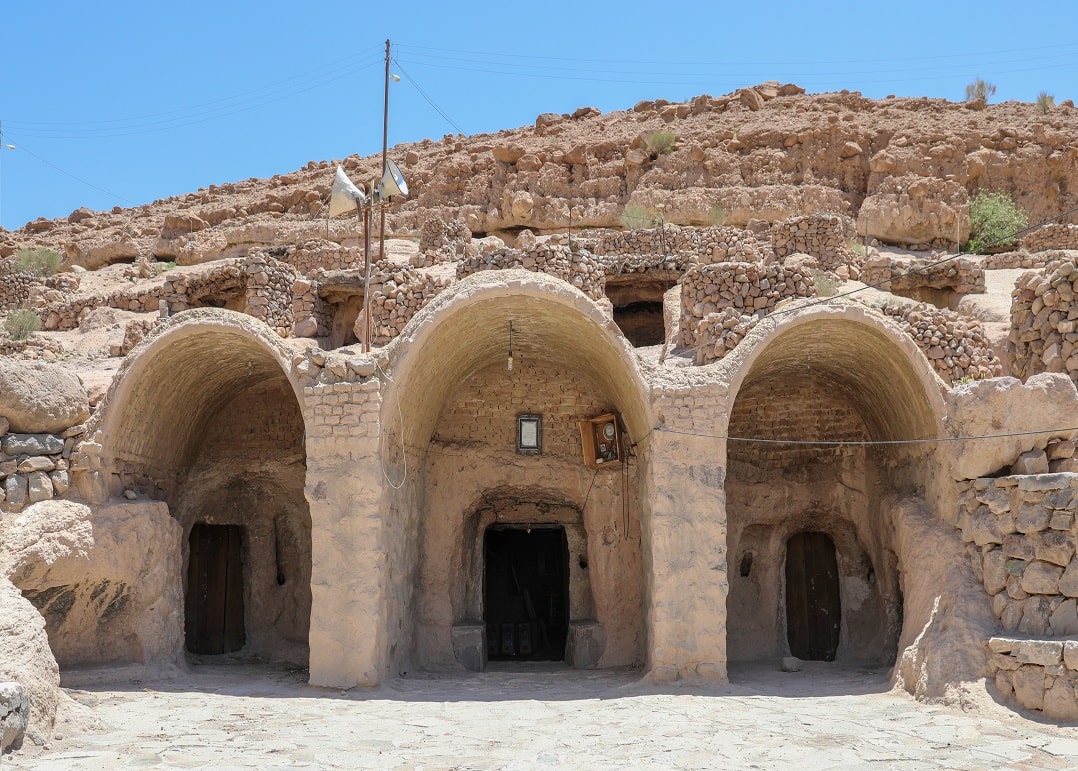Achaemenid golden ornamental roundel from the reign of Artaxerxes II, featuring a characteristic Persian winged lion, 4th-5th Century BC. Now on display at the University of Chicago Oriental Institute... View MoreAchaemenid golden ornamental roundel from the reign of Artaxerxes II, featuring a characteristic Persian winged lion, 4th-5th Century BC. Now on display at the University of Chicago Oriental Institute.
Photo Credit: Ali Majdfar via Flickr - https://www.flickr.com/photos/persia-majdfar/16695589563/
#wingedlion #persianlion #ancientart #ancient #ancients #archeology #archeologia #archeologie #persia #ancientcivilization #ancienthistory #culturaltourism #ancientworld #antiquity #culturegram #museumgram #ancientperisa

The Tachara or «The Palace of Darius»
Persepolis - UNESCO World Heritage
Fars(pars)Province, Iran -Near Shiraz City
6th century BCPeriods Achaemenid Empire
Cultures Persian
The Tachara, or the Tacha... View MoreThe Tachara or «The Palace of Darius»
Persepolis - UNESCO World Heritage
Fars(pars)Province, Iran -Near Shiraz City
6th century BCPeriods Achaemenid Empire
Cultures Persian
The Tachara, or the Tachar Château, also referred to as the Palace of Darius the Great, was the exclusive building of Darius I at Persepolis, Iran. It is located 70 km northeast of the modern city of Shiraz in Fars Province.
In the 4th century BC, following his invasion of Achaemenid Persia in 330 BC, Alexander allowed his troops to loot Persepolis. This palace was one of the few structures that escaped destruction in the burning of the complex by Alexander the Great's army.
One of the oldest and most interesting palaces of Persepolis is the charming structure built south of the Apadana and on a platform 2.20-3m higher than the level of the latter and the adjacent courtyard. In the inscriptions carved on its pillars, this palace is once called Tachara and another time Hadish.
The former name has gained wide acceptance, and will be used here as well. Because of the glossy surface of its polished black stone, the palace was formerly called the Hall of Mirrors.
The Tachara was built on a rectangular plan, measuring 40m by 30m, and a north-south axis. It consists of a main hall with twelve columns, two smaller columned halls on the north, a columned portico on the south, and several guard rooms or storage chambers on either side. A stairway with two reversed flights leads to the portico from a courtyard on the south. The inner walls of these flights are sculptured with representations of servants and attendants, dressed alternately in the «Median» and «Persian» costumes, carrying food and utensils.
A frieze consisting of several scenes is sculptured on the center of the facade of the staircase. In the upper part of the middle section is the winged-circle (the Iranian Glory), flanked by two antithetic seated sphinxes who each raise a hand towards it in a gesture of veneration. Behind each sphinx is a terrace of palm trees. Below this scene are two antithetic rows of nine soldiers in the «Persian» costume (fluted cylindrical tiaras, flowing skirts, and three-strapped shoes). They are facing a cuneiform inscription in Old Persian carved by Xerxes in a rectangular area framed by bands of rosettes.
The main hall and other rooms are provided with rectangular niches, each of which is hewn from a single block of stone and is crowned with a vertically fluted architrave element known as the Egyptian covetto cornice. Originally, five doors pierced the walls of the main hall: two opening into the pair of four-columned northern rooms, one giving access to the southern portico, and two leading into the adjacent western and eastern chambers.
The function of the building, however, was more ceremonial than residential. Upon completion, it served in conjunction with the earlier south oriented entrance stairs as the Nowruz venue until the other buildings that would comprise Persepolis could be finished, which included a provisional union of the Apadana, the Throne Hall and a Banquet Hall.
کاخ تَچَر، کاخ تچرا، تالار آینه یا کاخ ویژه داریوش بزرگ _که نام آن برابر با خانه زمستانی است_ از نخستین کاخهایی است که بر روی سکوی تخت جمشید یافته شد. سنگهای این کاخ، خاکستری است بهگونه ایکه بازتاب آدمی در آن میافتاده و از همین رو تازگیها آن را آینه خانه یا تالار آینه هم میخواندند. بر روی دیوارههای پلکان این کاخ نقشهای گوناگونی دیده میشود. از شاهان هخامنشی داریوش بزرگ، خشایارشا و اردشیر سوم سنگ نبشتههایی در این کاخ به جای ماندهاست. پس از هخامنشیان و در دودمانهای پس از آن، کسانی مانند شاپور دوم، عضدالدوله دیلمی، بهاءالدوله دیلمی، علی آققویونلو و سلطان ابراهیم میرزا تیموری از خود سنگ نبشتههایی در این کاخ به یادگار گذاشتهاند.
کاخ تچر از نخستین کاخهایی است که بر روی صفه تخت جمشید کشف گردید. کاخ تچر در جنوبغربی آپادانا و رو به جنوب، قرار گرفتهاست. این بنا در یکی از کتیبهها تچر خوانده شدهاست
Iran Police Disperse Crowd Chanting ‘Death To Putin And Supporters’
Videos on social media Saturday evening appeared to show police dispersing protesters chanting “Death to Putin” outside the Ukrainian embassy in Tehran.
Prehistory of Persia
#persepolis...❤as the ceremonial capital of the Achaemenid Empire (c. 550–330 BC). It is situated in the plains of Marvdasht, encircled by southern Zagros mountains of Iran. Modern day Shiraz is sit...
A Journal Contributor Vanishes in Iran | Hossein Ronaghi is missing after he opposed an internet takeover by the government
Opinion | A Journal Contributor Vanishes in Iran
Hossein Ronaghi is missing after he opposed an internet takeover by the government.
100,000 Iranian women march against the hijab law, Tehran, 1979
Exclusive: Iran nuclear deal draft puts prisoners, enrichment, cash first, oil comes later - diplomats
A U.S.-Iranian deal taking shape to revive Iran’s 2015 nuclear agreement with world powers lays out phases of mutual steps to bring both sides back into full compliance, and the first does not include...
Iranian husband beheads teenage wife, authorities say, shocking the country
The beheading of a 17-year-old girl, allegedly by her husband, in western Iran’s Khuzestan province last week has once again raised concern over the country’s laws around murder and gender-based ...
Life continues in Iran’s 12,000-year-old settlement “Meymand village” - Arkeonews
At the south-eastern Iranian province of Kerman near Shahr-Babak city, there is a village dating back to the Stone Age. Meymand is a village of troglodytes – cave dwellers.
Iran's Flag Bearers in Uniforms at the 2022 Winter Olympics Opening Ceremonies
page=2&callback_module_id=pages&callback_item_id=243&year=&month=
View More
 Rodrigo RM likes this.
Rodrigo RM likes this. 
















/cloudfront-us-east-2.images.arcpublishing.com/reuters/4TNLFG3EIBLJFN4HB2RXOJ3CWU.jpg)



